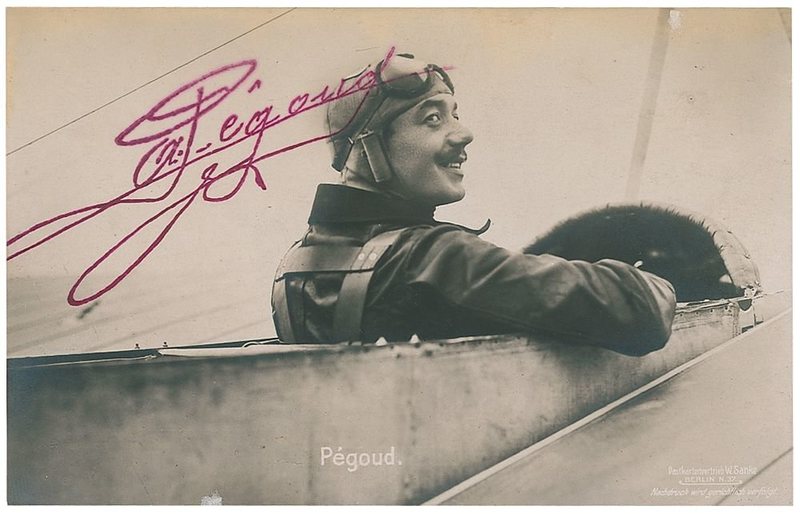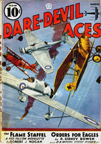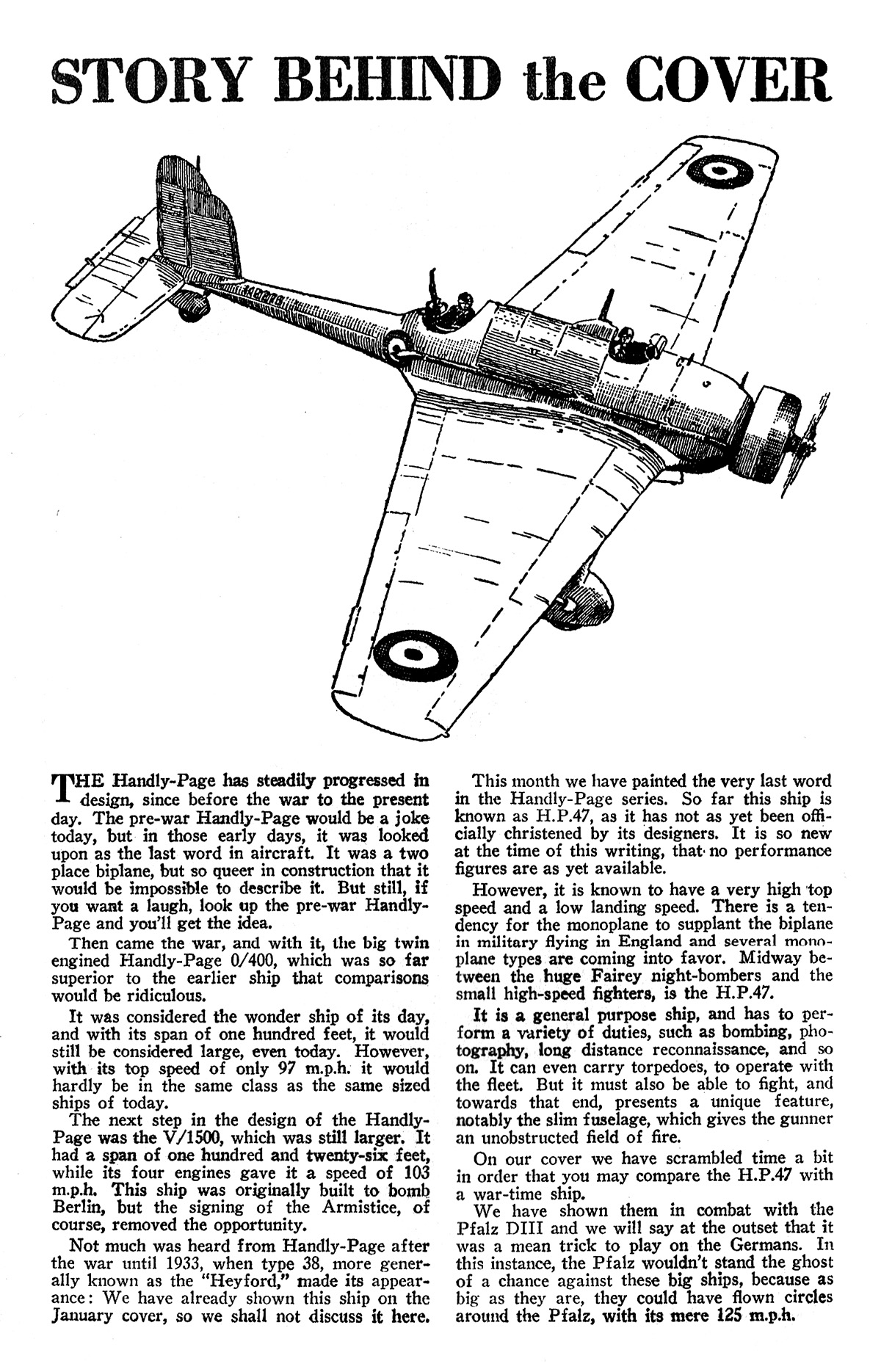AMIDST all the great pulp thrills and features in Sky Fighters, they ran a true story feature collected by Ace Williams wherein famous War Aces would tell actual true accounts of thrilling moments in their fighting lives! This time we have Belgian Air Ace Lieutenant Jan Thieffry!
Little Belgium played as heroic 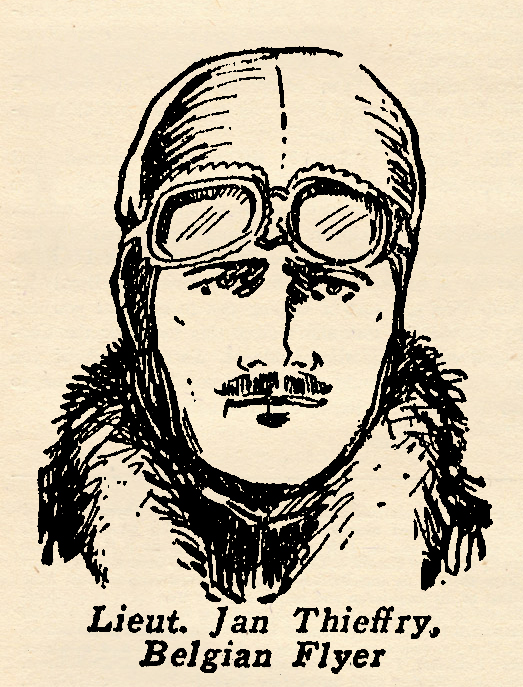 a part in the war of the air as she did in the war on the ground, when her brave soldiers held up the advance of the German hordes at the gates of Liege until the British and French armies could mobilize and get to the front to begin their counter-offensive. Corporal Jan Thieffry was a motorcycle despatch rider at that time. He was taken prisoner by a flying squadron of German Uhlans, but after some months made his escape.
a part in the war of the air as she did in the war on the ground, when her brave soldiers held up the advance of the German hordes at the gates of Liege until the British and French armies could mobilize and get to the front to begin their counter-offensive. Corporal Jan Thieffry was a motorcycle despatch rider at that time. He was taken prisoner by a flying squadron of German Uhlans, but after some months made his escape.
He was later assigned for aviation training, and after graduation served as a bomber pilot for a brief period, In December, 1916, he was transferred to a chasse squadron, and on March the next year got his first official victory while flying a Nieuport Scout.
Before long his score of victories had grown to five. Thus he became the first Belgian Ace, and held that position as Belgian Ace of Aces until he was killed behind the German lines on February 23rd, 1918. His final total of victories mounted to 10. The story below is taken from his diary.
AN UNUSUAL VICTORY
by Lieutenant Jan Thieffry • Sky Fighters, March 1936
THERE are many ways to down les Boches when on the wing. I have used many ways, but today I discovered something new—and quite by accident. A machine-gun, I find, is not always necessary. Always, when going out on patrols, it has been my habit to carry along a half dozen or so hand grenades. If I am forced down behind the enemy lines, I figure they will serve me in destroying my machine before it falls into their hands.
It was over Passchendale that I encountered a patrol of three Boche avions. For several minutes we flew along together, waiting for the other to make the first move, I guess. As for me, I forced a show of bravery to show them I was not scared. The Boches were probably waiting for me to turn my tail, so they would have a better target. I cocked my gun and waited, wary. I was going to make them fire first.
Defiant Battle
The shot was not long coming. The leader wheeled suddenly and came at me from the side, shooting as he came. I dropped my nose and piqued, then swiftly pulled up again and trained my gun on the other’s belly. The two other Boches circled around me from different directions.
I had the first Boche in my sights so I pressed the trigger. But the pilot must have anticipated my fire. He banked off just ahead of my bullets, and the burst went wide past his lower wing. I fell off on a wing and slid into a spiral that brought me in range of the second Boche who opened fire at me from in front. I pressed my trigger again. Two-three, bullets stuttered out, then my gun went silent.
I reached up and tried to clear, but the bullet was stuck tight in the breech. “C’est fini pour moi!†I gasped with a sudden feeling of panic. For one without guns to battle three with guns, I knew was impossible. And les Boches had my range-now. Their bullets sieved through my wings and fuselage. Then a sudden light struck my befuddled brain!
The Fateful Grenade
I reached for a grenade, looked back over my shoulder, saw the Boche kiting behind me, right on my tail. I turned around again, pulled the firing pin on the grenade, then tossed it back over my shoulder. Then I counted silently and prayed that my aim would be true. But nothing happened!
I glanced back again. The Boche was nearer and it seemed that I could see the bullets streaming from the muzzle of his rapid firer. I pulled the pins and tossed two more grenades back at him.
And le Bon Dieu flew on my side. I heard a sharp explosion—a shearing, crashing noise that sounded even above the roar of my motor. I glanced back. The Boche plane was wobbling. The propeller had shattered, and the engine was tearing loose from its base, because of the uneven torque and terrific vibration. My grenade had scored a clean hit!
I banked sharply, and the stricken Boche plane wobbled past me and into a spinning nose dive, then it up-ended suddenly and fluttered down like a falling leaf. Before the two other Boches could pick up where their leader had left off, I was on my way home—and they were not quick enough to catch me.
Next Time: LIEUTENANT PAUL MARCHAL






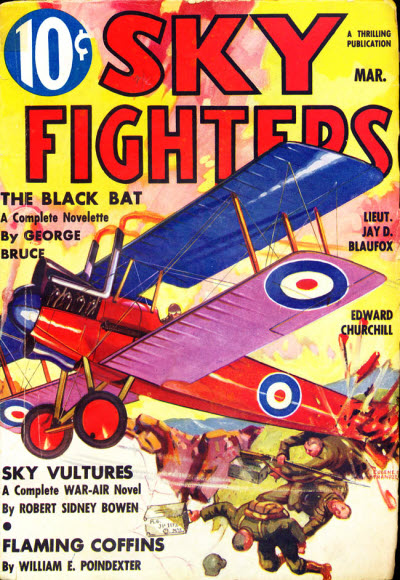 Silent Orth had made an enviable record, in the face of one of the worst beginnings—a beginning which had been so filled with boasting that his wingmates hadn’t been able to stand it. But Orth hadn’t thought of all his talk as boasting, because he had invariably made good on it. However, someone had brought home to him the fact that brave, efficient men were usually modest and really silent, and he had shut his mouth like a trap from that moment on.
Silent Orth had made an enviable record, in the face of one of the worst beginnings—a beginning which had been so filled with boasting that his wingmates hadn’t been able to stand it. But Orth hadn’t thought of all his talk as boasting, because he had invariably made good on it. However, someone had brought home to him the fact that brave, efficient men were usually modest and really silent, and he had shut his mouth like a trap from that moment on.

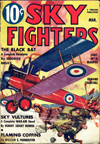
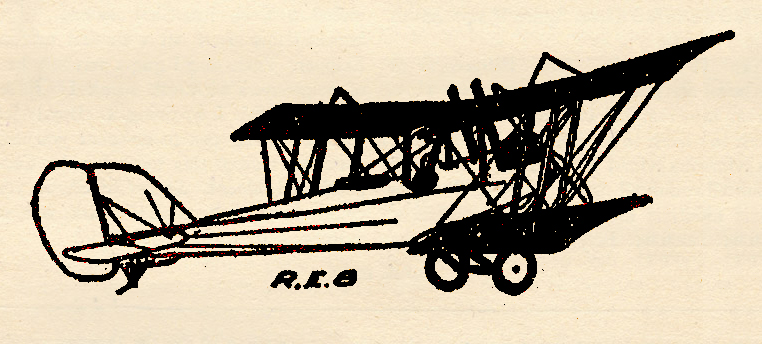

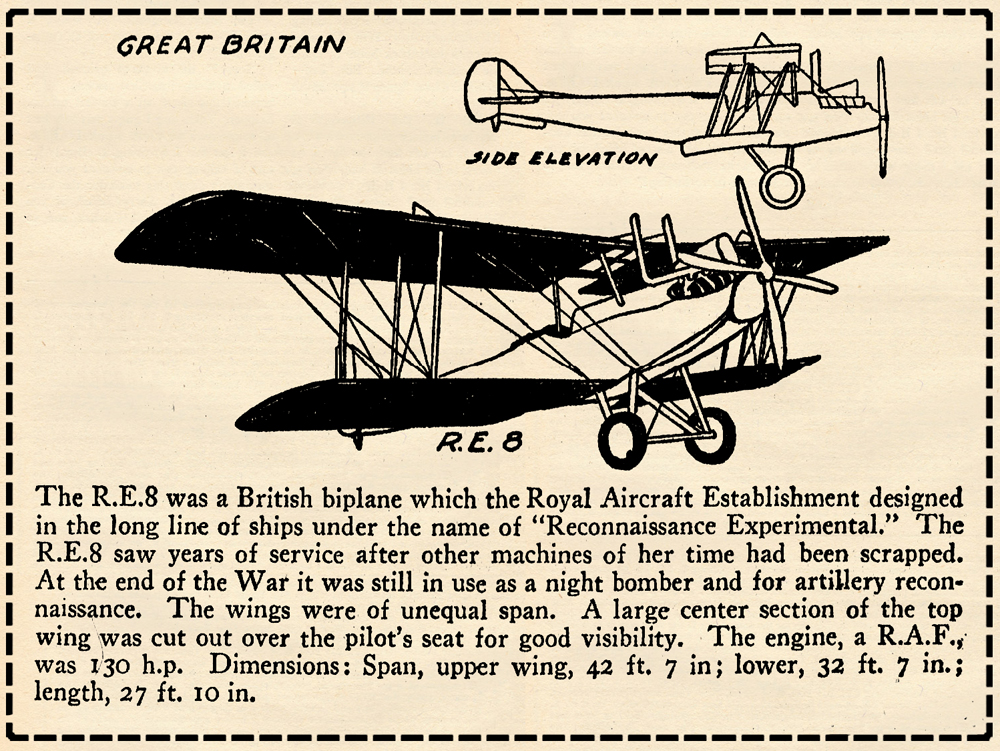
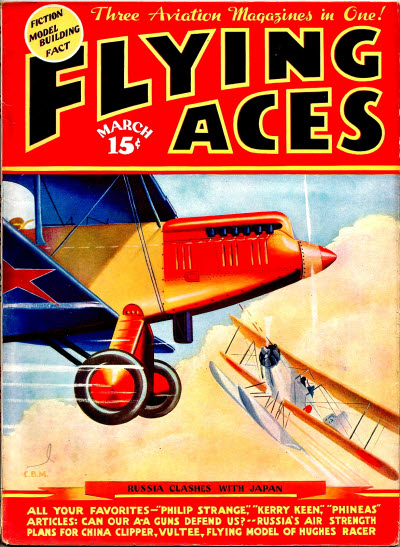 You heard right! That marvel from Boonetown, Iowa is back! And this time we find that Knight of Calamity finds himself shrieking amongst the sheiks in “Doin’s in the Dunes” from the pages of the March 1936 Flying Aces.
You heard right! That marvel from Boonetown, Iowa is back! And this time we find that Knight of Calamity finds himself shrieking amongst the sheiks in “Doin’s in the Dunes” from the pages of the March 1936 Flying Aces. a part in the war of the air as she did in the war on the ground, when her brave soldiers held up the advance of the German hordes at the gates of Liege until the British and French armies could mobilize and get to the front to begin their counter-offensive. Corporal Jan Thieffry was a motorcycle despatch rider at that time. He was taken prisoner by a flying squadron of German Uhlans, but after some months made his escape.
a part in the war of the air as she did in the war on the ground, when her brave soldiers held up the advance of the German hordes at the gates of Liege until the British and French armies could mobilize and get to the front to begin their counter-offensive. Corporal Jan Thieffry was a motorcycle despatch rider at that time. He was taken prisoner by a flying squadron of German Uhlans, but after some months made his escape.